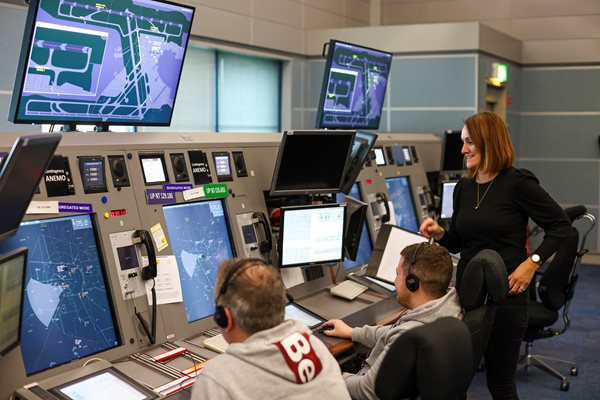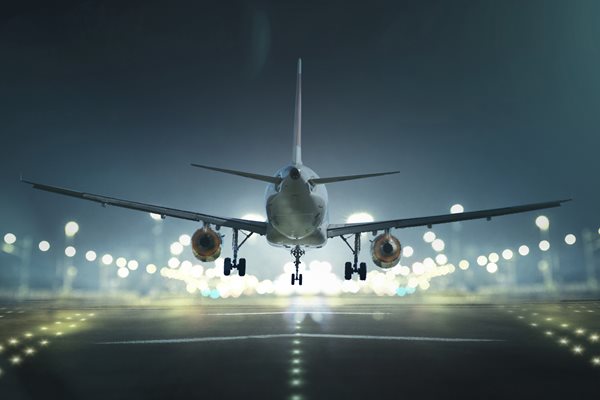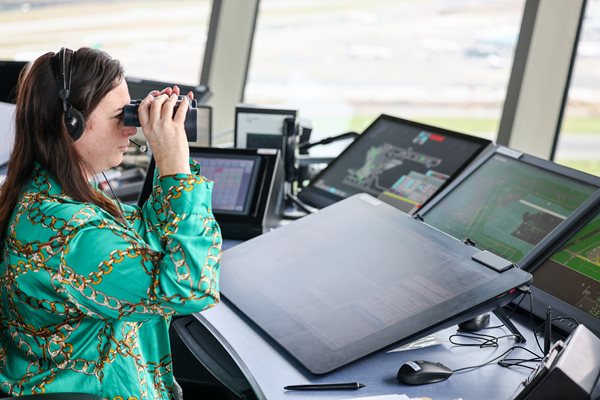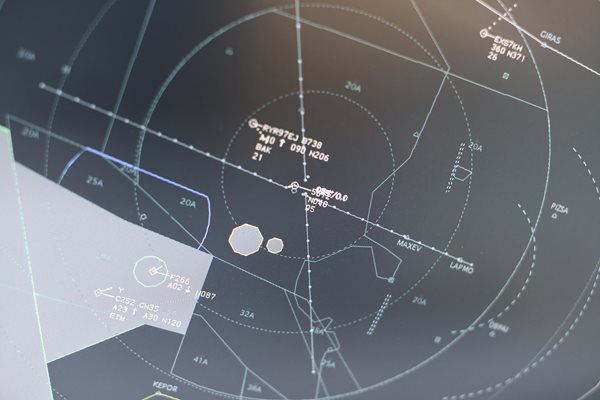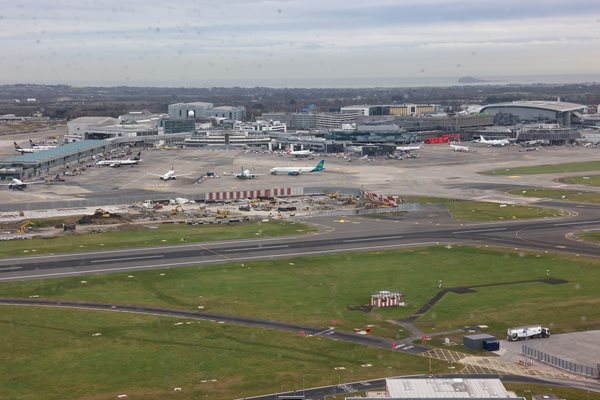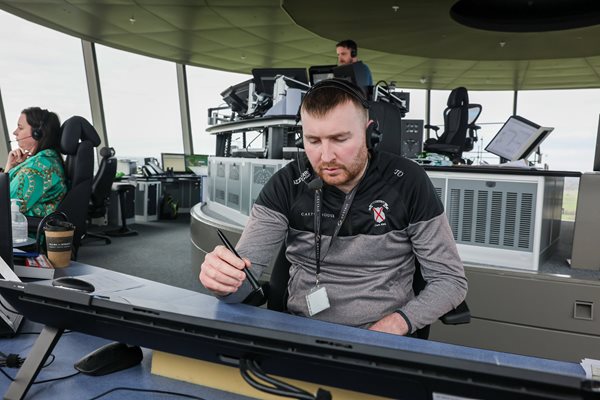SESAR GEESE Wake Energy Retrieval ProjectIn 2023, members of the SESAR 3 Joint Undertaking (S3JU) partnered to test wake energy recovery (WER) in relation to optimising fuel use and reducing CO2 emissions. The project, titled Gain Environmental Efficiency by Saving Energy (GEESE), is a SESAR industrial research project funded within the framework of the Digital European Sky and will determine how to use WER options in transatlantic and continental flights. Migratory birds, like geese, frequently fly together in formation to conserve energy, leveraging the altered airflow within each bird's wake. Similarly, when an aircraft is in motion, it generates a disturbance in the air, resulting in an updraft that enables a trailing aircraft to reduce engine thrust, fuel consumption, and emissions. WER observes a duo of aircraft flying in tandem, with one positioned approximately 1.5 nautical miles (3 kilometres) behind the other. This configuration enables the trailing jet to capitalise on the lift generated by the vortices of the leading aircraft and thereby minimising the thrust needed from its engines. Initial studies have shown that the follower aircraft may be able to reduce their fuel burn and CO2 by up to 5% over long segments of airspace.
|
.png?lang=en-IE) |

